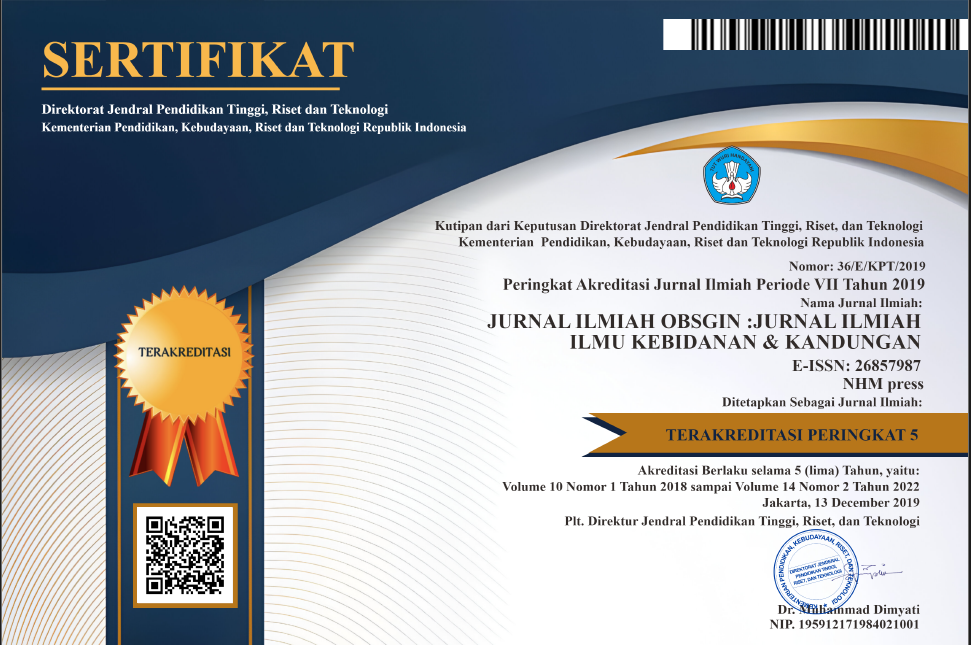Evaluasi Pelaksanaan Program Pencegahan Dan Penanggulangan Penyakit Demam Berdarah Dengue Di Kota Kendari
Abstract
Dengue Hemorrhagic Fever is a disease that has a rapid course of disease and can cause death in a short time, and often causes Extraordinary Events (KLB). The aims of study was to identify the implementation of the prevention and control program for Dengue Hemorrhagic Fever (P2DBD) Kendari City through three aspects, namely the input system, process system and output system. This research is a descriptive qualitative research with in-depth interview method. The informants in this study were P2M Programmers who worked in Public Health Center which consisted of 5 Nursing Health Centers in Kendari City. Data collection techniques with in-depth interviews (in depth interviews) and document review. The results showed that in general the implementation of the P2DBD Program in Kendari City had been carried out well. In the input aspect, human resources are available at the Public Health Center, there is a division of tasks according to their respective fields and training is provided in order to maximize P2DBD. Facilities such as fogging machines, ambulances and Abate powder are available from the Kendari City Health Office. The budget used comes from the available BOK funds and is sufficient to finance the implementation of P2DBD. The method of implementing P2DBD comes from the Technical Instructions issued by the Ministry of Health. In the process aspect, epidemiological investigations are carried out directly to locations that have confirmed dengue cases. Fogging is carried out at locations and areas around locations where cases are confirmed. Coordination is carried out across sectors in locations such as the RT/RW Village Head. Abate powder distribution and health education were carried out by the Public Health Center together with Jumantik Cadres through the Mosquito Nest Eradication (PSN) program. On the aspect of Output. said to be successful after reaching 100% or has been under control. Reports related to the implementation of P2DBD are provided by the Public Health Center to the Kendari City Health Office.
References
Andriawan, F. R., Kardin, L., & HN, M. R. (2022). Hubungan Antara Status Gizi dengan Derajat Infeksi Dengue Pada Pasien Demam Berdarah Dengue. Nursing Care and Health Technology Journal (NCHAT), 2(1), 178–185.
Dinkes Propinsi Sulawesi Tenggara. (2020). Profil Kesehatan Sulawesi Tenggara. https://pusdatin.kemkes.go.id/index.php?category=profil-kesehatan-kabupaten&provid=PV-027
Kementerian Kesehatan. (2021). Profil Kesehatan Indonesia. Depkes RI. https://pusdatin.kemkes.go.id/resources/download/pusdatin/profil-kesehatan-indonesia/Profil-Kesehatan-indonesia-2019.pdf. Last accessed: 19 July 2022.
Kusumo, R. A., Setiani, O., & Budiyono, B. (2014). Evaluasi Program Pengendalian Penyakit Demam Berdarah Dengue (DBD) di Kota Semarang Tahun 2011 (Studi di Dinas Kesehatan Kota Semarang). Jurnal Kesehatan Lingkungan Indonesia, 13(1), 26–29.
Natalia, A. (2012). Gambaran Pelaksanaan Surveilans Epidemiologi Penyakit Demam Berdarah Dengue Ditinjau dari Aspek Petugas di Tingkat Puskesmas Kota Semarang Tahun 2011. Jurnal Kesehatan Masyarakat Universitas Diponegoro, 1(2), 18857.
Profil Kesehatan Kota Kendari. (2021).
Roni, A. (2018). Evaluasi Pelaksanaan Program Pencegahan dan Pengendalian Kasus Demam Berdarah Dengue di Dinas Kesehatan Kota Pekanbaru Tahun 2018. Al-Tamimi Kesmas: Jurnal Ilmu Kesehatan Masyarakat (Journal of Public Health Sciences), 7(2), 70–88.
Sari, R. K., Djamaluddin, I., Djam’an, Q., & Sembodo, T. (2022). Pemberdayaan Masyarakat dalam Upaya Pencegahan Demam Berdarah Dengue DBD di Puskesmas Karangdoro. Jurnal ABDIMAS-KU: Jurnal Pengabdian Masyarakat Kedokteran, 1(1), 25–33.
Sriwulandari, W. (2009). Evaluasi Pelaksanaan Program Pencegahan Dan Penanggulangan Penyakit Demam Berdarah Dengue Dinas Kesehatan Kabupaten Magetan Tahun 2008.
World Health Organization. (2022). Dengue and severe dengue. 10 January 2022. https://www.who.int/news-room/fact-sheets/detail/dengue-and-severe-dengue
Zaputri, R. (2017). Evaluasi Program Penanggulangan Penyakit Demam Berdarah Dengue (Dbd) Di Puskesmas Puuwatu Kota Kendari Tahun 2016. Haluoleo University.











